After 24 surgeries, Bangladesh 'tree man' relapses
No recovery from odd hair growth condition for Bajandar
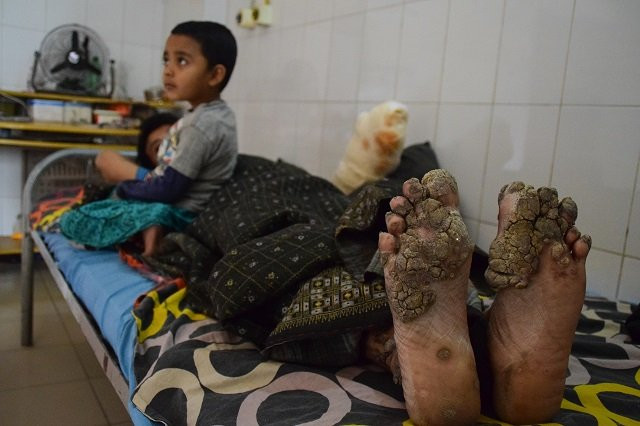
This picture taken on January 31, 2018 shows "Tree Man" Abul Bajandar with his daughter at Dhaka Medical College Hospital in Dhaka. A year ago Abul Bajandar, a Bangladeshi rickshaw-puller dubbed "tree-man" for the bark-like growths that once covered his body, appeared to have made a full recovery from the rare condition that has afflicted him for a decade. Twelve months after doctors declared him all but cured following 24 surgeries, Bajandar's hands are once again covered in the growths that characterise his rare condition.
PHOTO:AFP
But twelve months after doctors declared him all but cured following 24 surgeries, Bajandar's hands are once again covered in the growths that characterise his rare condition.
Minister seeks support for technical assistance in health
Surgeon Samanta Lal Sen, who last year hailed his cure as a milestone in medical history, now admits Bajandar's case may be more complicated than first thought.
His patient, who has been unable to work for years and whose young family lives in the hospital, says he fears he will never be cured.
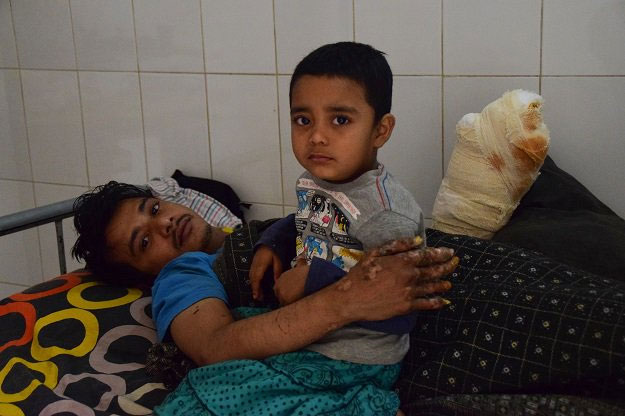 This picture taken on January 31, 2018 shows “Tree Man” Abul Bajandar with his daughter at Dhaka Medical College Hospital in Dhaka. PHOTO: AFP
This picture taken on January 31, 2018 shows “Tree Man” Abul Bajandar with his daughter at Dhaka Medical College Hospital in Dhaka. PHOTO: AFP"I am scared to have any more surgeries. I don't think my hands and feet will be okay again," the 27-year-old told AFP at the Dhaka hospital where he first came for treatment in January 2016.
Bajandar suffers from epidermodysplasia verruciformis, an extremely rare genetic condition known as "tree-man disease".
Intrigued by his condition, doctors at the Dhaka Medical College Hospital treated him for free, surgically removing more than five kilos [11 pounds] of growths from his hands and feet.
He has been there ever since with his wife and family, who live together in a small room in the hospital. "We thought we had achieved [a cure]. But now it seems to be a time-consuming case," surgeon Sen told AFP.
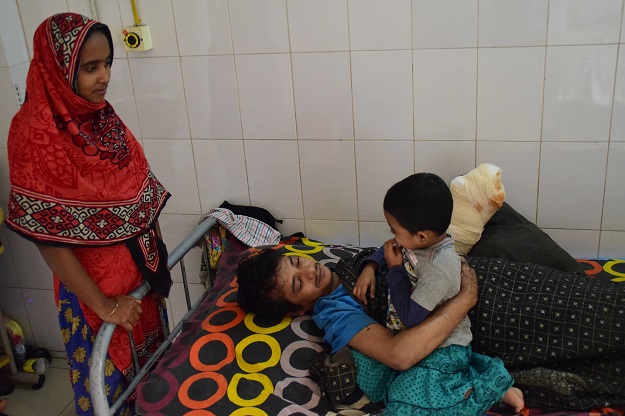 This picture taken on January 31, 2018 shows "Tree Man" Abul Bajandar and his family at Dhaka Medical College Hospital in Dhaka.PHOTO:AFP
This picture taken on January 31, 2018 shows "Tree Man" Abul Bajandar and his family at Dhaka Medical College Hospital in Dhaka.PHOTO:AFP"We will keep on investigating to reach the ultimate success, though it's tough to say how long it will take", he added. This week Bajandar underwent his 25th surgery to remove some of the growths from his hands.
For his wife Halima Khatun, life is on hold as she tends to her husband and looks after their four-year-old daughter.
"We're grateful for the free treatment, we couldn't have afforded to pay for it," said Khatun, who passes her time in the ward making jewellery for a little cash. Fewer than half a dozen people worldwide have epidermodysplasia verruciformis, according to Sen.
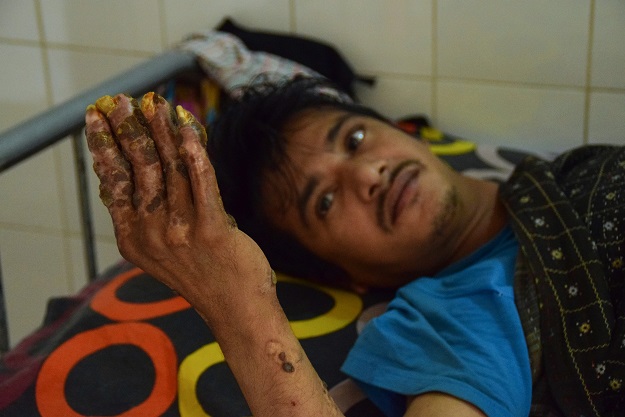 Twelve months after doctors declared him all but cured following 24 surgeries, Bajandar's hands are once again covered in the growths that characterise his rare condition.PHOTO:AFP
Twelve months after doctors declared him all but cured following 24 surgeries, Bajandar's hands are once again covered in the growths that characterise his rare condition.PHOTO:AFPAlarming situation: Over 40,000 die of breast cancer every year in Pakistan
Last year the Dhaka Medical College Hospital treated a young Bangladeshi girl suffering from the condition. Doctors declared surgery to remove the growths a success, but her father later said they had grown back in even greater numbers. He withdrew her from treatment, saying he did not want to watch her grow up in a hospital ward.
"Nobody deserves to be in a hospital forever," said a nurse working in the plastic surgery unit". Unfortunately, he [Bajandar] may have to stay here for a while". Meanwhile Bajandar worries about money, and how he will pay for his daughter's education. "She's growing up so fast," he said. "I always wanted her to become a doctor. But if my condition worsens, how can I even send her to pre-school, let alone a medical college?"


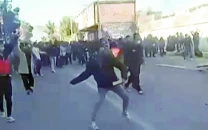
















COMMENTS
Comments are moderated and generally will be posted if they are on-topic and not abusive.
For more information, please see our Comments FAQ